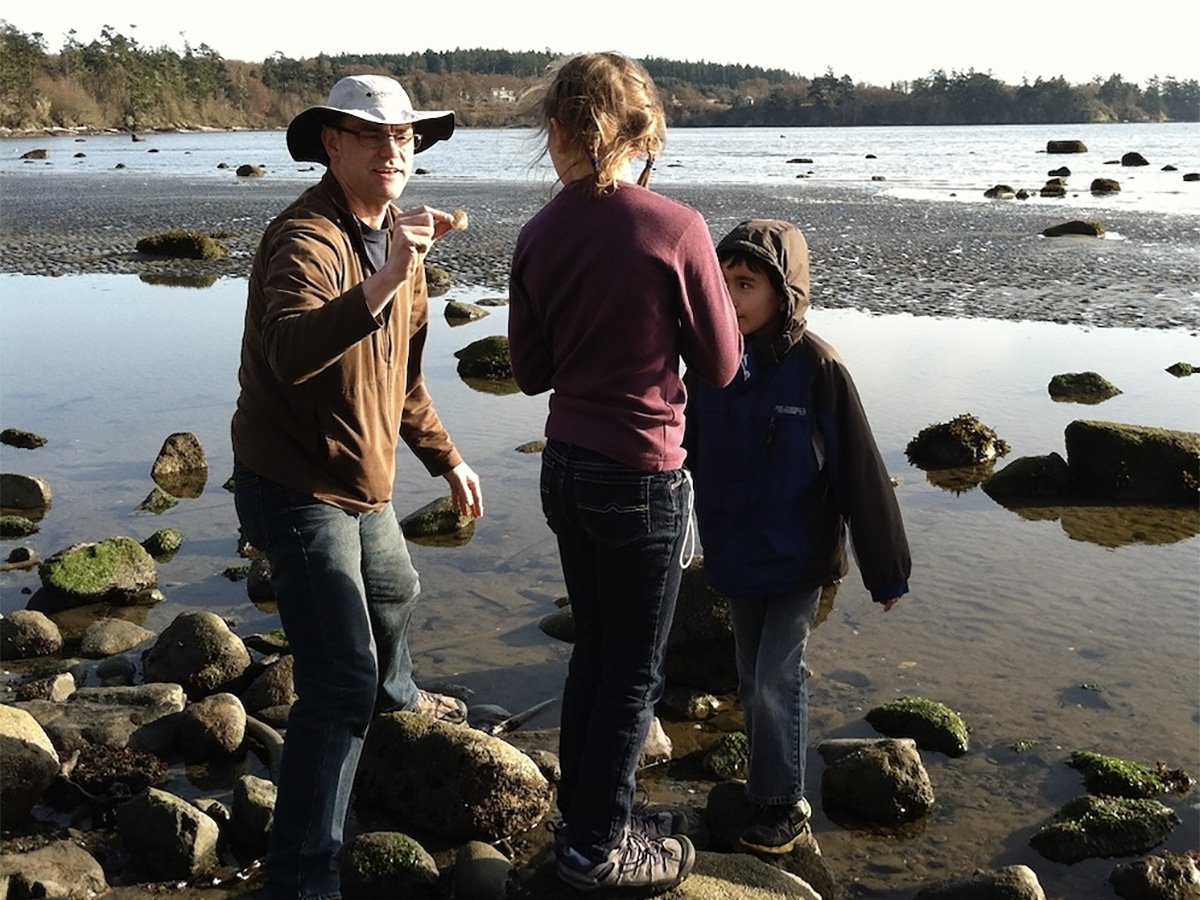Introducing Chris Young
The Land Restoration School would like you to meet our Curriculum Chair, Chris Young. Watch Chris’ May 4th talk at Crossroads, Where Restoration Begins (thank you to Laddie Chapman for Sevastopol TV).
Chris has been exploring the natural world as long as he can remember, starting on a small farm west of the Twin Cities in Minnesota. He earned a B.A. in biology with a minor in English from Hamline University. His Ph.D. is from the University of Minnesota’s Program in the History of Science and Technology. He lived and taught in the Pacific Northwest before moving to Milwaukee. He is an author and editor. Chris is Project Manager of the Urban Ecology Center Institute in Milwaukee, Affiliated Professor of History at the University of Wisconsin-Milwaukee, and Professor Emeritus of Biology at Alverno College.
Throughout his career in higher education, Chris has taught courses that focus on evolution, climate change, environmental history, the natural history of the Pacific Northwest, the natural history of urban green spaces in Milwaukee, and social impacts of science, as well as introductory biology and science methods for teachers.
Chris has studied and written extensively about the complex story of the deer on the Kaibab Plateau in Arizona in the 1920s, a lesson about predator-prey relationships, about the carrying capacity of habitat for wildlife populations, about Aldo Leopold, and about the role of science. As Chris wrote in a science education text, “Students can benefit from hearing a more elaborate history… rather than providing simplified historical anecdotes to accompany simplified scientific principles, we should prefer to offer insightful cases that exemplify diverse scientific understanding, where process and content are intertwined.”
In his current work, Chris connects people to nature and each other, expanding the mission of the Urban Ecology Center to organizations in cities across the country and around the world. Aligned with this, he is excited to deepen our individual and collective understanding of restoration by supporting the curriculum development for the Land Restoration School at Crossroads.
